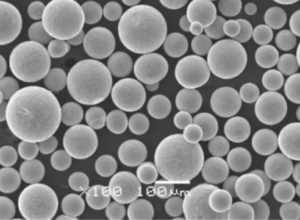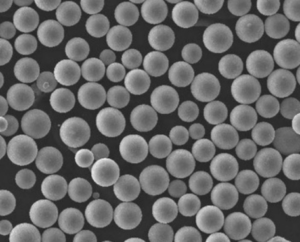魅惑の世界へようこそ 粉体製造装置技術!この詳細なガイドブックでは、金属粉末の具体的なモデルからその用途、組成など、あらゆることに触れながら、この高度な分野の裏表を解説します。経験豊富なプロフェッショナルの方にも、好奇心旺盛な初心者の方にも、どなたにも楽しんでいただける内容となっています。
粉体製造装置技術の概要
粉体製造装置技術は、航空宇宙から医薬品に至るまで、多くの産業の要となっている。この技術では、微粒化、化学的プロセス、機械的手段など、さまざまな方法で金属やその他の材料の微粒子を製造する。出来上がった粉末は、3Dプリンティング、コーティング、冶金など様々な用途に使用されます。
粉体製造装置技術の主要コンポーネント
- 微粒化装置:ガスや水を利用して溶融金属を微細な液滴に分散させ、凝固させて粉末にする。
- 機械的合金化:金属粉を粉砕して均一な混合物を作ること。
- 化学プロセス:粉体を製造するための還元、電気分解、沈殿などの方法。
- 分級・ふるい分け機:粉体のサイズと品質が均一であることを確認する。
- 熱処理炉:粉末の特性を向上させるためのアニールや焼結に使用される。
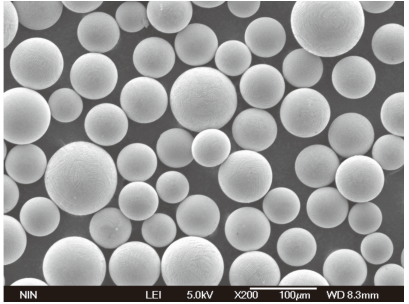
金属粉末の種類と特性
さまざまな金属粉は、それぞれユニークな性質と用途を持ち、明確な目的を果たします。ここでは、一般的な金属粉の種類を紹介する:
| 金属粉 | 構成 | プロパティ | 用途 |
|---|---|---|---|
| アルミニウム | 純AlまたはAl合金 | 軽量、耐腐食性 | 航空宇宙部品、自動車部品 |
| 銅 | 純銅または銅合金 | 高導電性、延性 | 電気接点、ヒートシンク |
| チタン | 純チタンまたはチタン合金 | 高強度、生体適合性 | 医療用インプラント、航空宇宙構造物 |
| 鉄 | 純鉄または鉄合金 | 磁気、強力 | 機械部品、自動車部品 |
| ニッケル | 純NiまたはNi合金 | 耐食性、強靭 | タービンブレード、バッテリー |
| ステンレス鋼 | 鉄、クロム、ニッケル | 耐食性、強度 | キッチン用品、医療器具 |
| コバルト・クロム | コバルト、クロム | 耐摩耗性、強度 | 歯科インプラント、切削工具 |
| タングステン | 純WまたはW合金 | 高融点、緻密 | フィラメント、放射線遮蔽 |
| 亜鉛 | 純ZnまたはZn合金 | 低融点、延性 | 亜鉛メッキ、ダイカスト |
| シルバー | 純AgまたはAg合金 | 高導電性、抗菌性 | エレクトロニクス、医療機器 |
粉体製造装置技術の構成と特徴
構成
の構成 粉体製造装置技術 にはいくつかの先進的な機械や工程が含まれている:
- アトマイザー:金属粉を作るためのガスと水の噴霧器。
- ボールミル:金属粉末のメカニカルアロイングと粉砕用。
- 還元炉:金属酸化物を純金属粉末に還元する化学プロセスで使用される。
- クラシファイアー:粉体を粒度別に分離する装置。
- 焼結炉:粉体特性を向上させるための熱処理に使用される。
特徴
- 精密:正確な粒子径と分布を持つ粉体を製造する能力。
- スケーラビリティ:大量の粉末を生産するために装置をスケールアップすることができる。
- 汎用性:幅広い金属と合金に適している。
- 効率性:高い生産率と低いエネルギー消費。
- 品質管理:一貫した品質を保証する高度な監視システム。
粉体製造装置技術の応用
粉体製造技術は様々な産業に不可欠です。主な用途をいくつか紹介しよう:
| 産業 | 用途 |
|---|---|
| 航空宇宙 | タービンブレード、構造部品 |
| 自動車 | エンジン部品、トランスミッション部品 |
| メディカル | インプラント、補綴物、手術器具 |
| エレクトロニクス | 導電性インク、電池、回路部品 |
| 製造業 | 3Dプリンティング、積層造形 |
| コーティング | 保護塗料、装飾仕上げ |
| エネルギー | 燃料電池、ソーラーパネル、原子炉 |
| 消費財 | ジュエリー、キッチン用品、工具 |
| ディフェンス | 弾薬、装甲、精密武器 |
| 産業機器 | 機械部品、切削工具、耐摩耗面 |
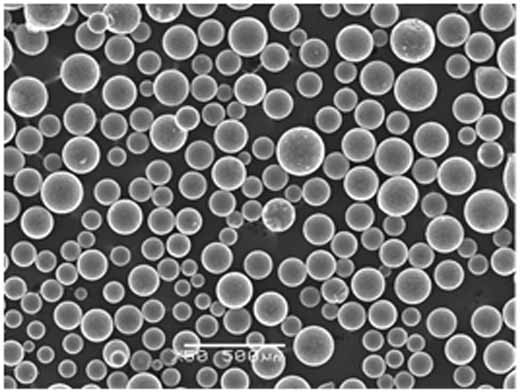
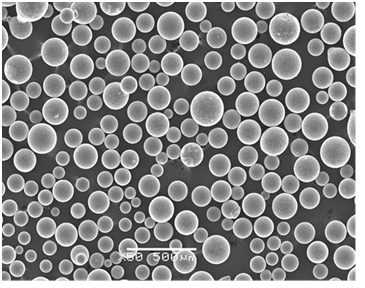
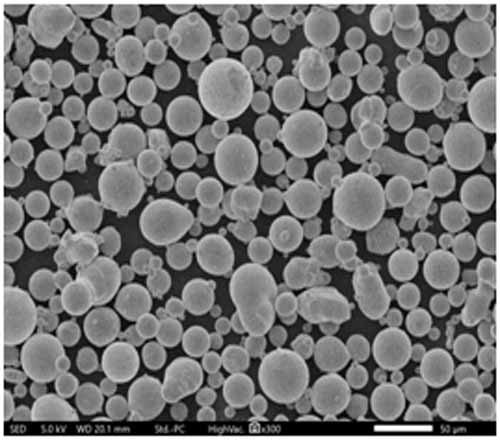
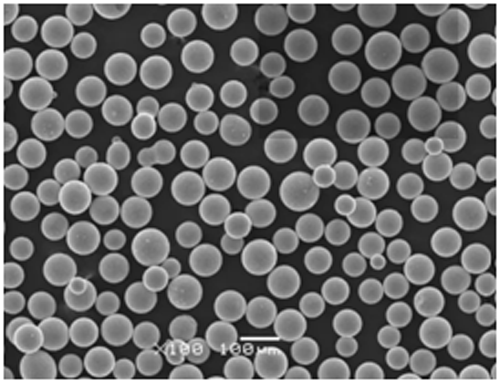
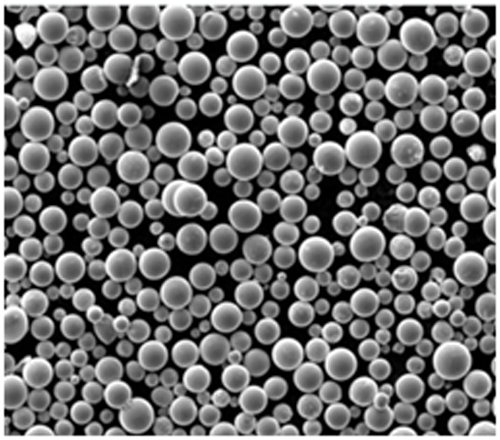
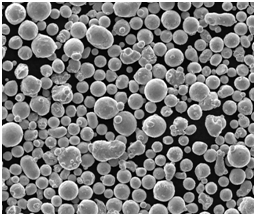
仕様、サイズ、等級、規格
仕様とサイズ
さまざまな金属粉末には、さまざまな用途に合わせた特定の仕様とサイズ範囲があります:
| 金属粉 | 粒子径(µm) | 純度(%) | 形状 |
|---|---|---|---|
| アルミニウム | 10-45 | 99.5 | 球形 |
| 銅 | 20-63 | 99.9 | 球形 |
| チタン | 15-45 | 99.5 | 不規則 |
| 鉄 | 10-75 | 99.8 | 球形 |
| ニッケル | 10-50 | 99.9 | 球形 |
| ステンレス鋼 | 15-45 | 99.7 | 不規則 |
| コバルト・クロム | 10-30 | 99.8 | 球形 |
| タングステン | 5-20 | 99.9 | 球形 |
| 亜鉛 | 20-63 | 99.5 | 不規則 |
| シルバー | 5-25 | 99.99 | 球形 |
グレードと基準
さまざまな産業が金属粉に特定の等級と規格を要求する:
| スタンダード | 説明 |
|---|---|
| ASTM B928 | アルミニウム合金の仕様 |
| AMS 4998 | 積層造形用チタン合金粉末 |
| ISO 4497 | 金属粉 – 粒子径の測定 |
| ASTM B330 | 金属粉末の粒度分布試験方法 |
| ISO 3923 | 金属粉末 – 見掛け密度の測定 |
| ASTM F2924 | チタン合金の積層造形規格 |
| ISO 3252 | 粉末冶金用語集 |
| ASTM B214 | 金属粉末のふるい分析試験方法 |
サプライヤーと価格詳細
金属粉末の調達に関しては、適切なサプライヤーとその価格を知ることが、大きな違いとなる:
| サプライヤー | 所在地 | 金属粉末 | 価格(1kgあたり) |
|---|---|---|---|
| アドバンスド・パウダー | アメリカ | アルミニウム、チタン、鉄 | $50 – $150 |
| メタルテック・インターナショナル | ドイツ | 銅、ニッケル、亜鉛 | $60 – $200 |
| 株式会社パウダーズ | 英国 | ステンレススチール, シルバー | $70 – $250 |
| グローバルパウダー株式会社 | 中国 | タングステン、コバルトクロム | $80 – $300 |
| 工業用金属加工 | 日本 | アルミニウム、鉄、銅 | $55 – $170 |
| 精密パウダー | インド | ニッケル、チタン、亜鉛 | $65 – $220 |
| ユニバーサル・メタルズ | カナダ | コバルトクロム、シルバー | $75 – $270 |
の長所と短所を比較する 粉体製造装置技術
粉体製造装置を検討する際には、長所と短所を比較検討することが不可欠である:
| アスペクト | メリット | 制限事項 |
|---|---|---|
| 霧化 | 高純度パウダー、均一サイズ | 高い初期設定費用 |
| 機械的合金化 | ユニークな合金組成の製造が可能 | 長時間のフライス加工が必要 |
| 化学プロセス | 高純度、特定の粉末特性 | 複雑な処理、安全性への懸念 |
| 分類 | 均一な粒子径を確保 | 追加処理ステップ |
| 熱処理 | 粉体特性を高める | エネルギー集約型 |
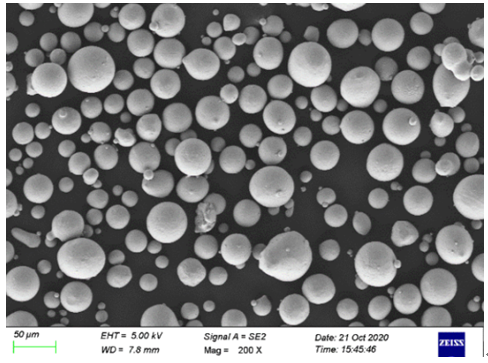
よくある質問
何なのか? 粉体製造装置技術?
粉末製造装置技術には、工業用途の微細な金属粉末を製造するために使用される様々な方法と機械が含まれる。これらの方法には、噴霧化、機械的合金化、化学的プロセスが含まれます。
一般的に使用されている金属粉末の種類は?
一般的な金属粉末の種類には、アルミニウム、銅、チタン、鉄、ニッケル、ステンレス鋼、コバルトクロム、タングステン、亜鉛、銀などがある。それぞれの種類にはユニークな特性と用途があります。
どのような産業で金属粉が使われているのか?
航空宇宙、自動車、医療、エレクトロニクス、製造、コーティング、エネルギー、消費財、防衛、産業機器などの産業で金属粉が使用されている。
粉体製造装置技術を使う利点は何ですか?
利点としては、高精度、拡張性、多用途性、効率性、品質管理が挙げられる。これらの利点により、様々な用途の高品質粉体の製造に適している。
適切な金属粉末サプライヤーを選ぶには?
立地、提供する金属粉末の種類、価格、サプライヤーの評判などの要素を考慮してください。これらの基準に基づいてサプライヤーを比較することで、ニーズに最適なサプライヤーを見つけることができます。
結論
粉体製造装置技術は、多くの産業において広大な用途を持つ、ダイナミックで不可欠な分野です。航空宇宙から医療機器に至るまで、金属粉末の精度と汎用性は現代の製造業において重要な役割を果たしています。
